TPO - The Ho Chi Minh City water supply industry said the city has prepared a plan to ensure clean water consumption for about 14 million people. Of which, from now until 2025, Ho Chi Minh City will increase the capacity of factories to about 2.9 million m3/day and night.
On the morning of April 7, the People's Council of Ho Chi Minh City coordinated with the Department of Information and Communications and Ho Chi Minh City Television to organize the program "People ask - Government answers" with the topic "Management of water supply, drainage and domestic wastewater treatment".
At the program, answering voters' opinions on the issue of ensuring safe water supply and providing enough clean water for the city's residents in the future, Mr. Dang Phu Thanh - Deputy Director of the Department of Construction of Ho Chi Minh City said that, legally, the city currently has 3 planning projects including: general planning of Ho Chi Minh City, master plan for city drainage, planning for drainage system and wastewater treatment of residential areas and industrial parks in the Dong Nai river basin.
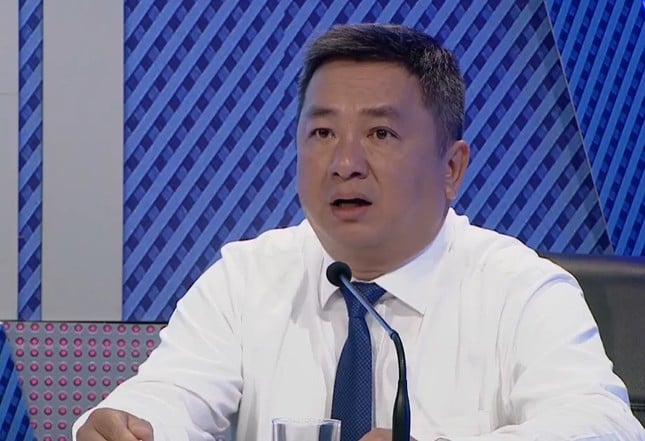 |
Deputy Director of Ho Chi Minh City Department of Construction Dang Phu Thanh spoke at the program (Screenshot). |
Accordingly, the planning projects all orient the workload to be implemented in each phase 2020 - 2025, 2025 - 2030. Currently, all projects are calculated in accordance with the orientation of approved plans and current standards.
Mr. Thanh added that in addition to these three planning projects, the city is currently also basing on the 1/2,000 zoning planning projects as well as the 1/500 detailed planning projects so that when establishing projects and designing drainage system connections in particular and technical infrastructure in general, it will calculate and design appropriately to ensure consistency in the investment process.
Raw water source in Ho Chi Minh City is polluted
Regarding water supply to meet people's needs, Mr. Nguyen Thanh Su - Deputy General Director of Saigon Water Supply Corporation (SAWACO) informed that the city's raw water source is currently exploited directly from the Saigon River and Dong Nai River.
In recent times, this raw water source has been polluted and contaminated with salt. Faced with this situation, SAWACO has proactively proposed solutions to the city.
Accordingly, the unit regularly monitors the quality of raw water in terms of indicators that pollute water sources (salinity, organic matter, ammonia) to provide timely warnings. At the factories, there is also a continuous monitoring department in the laboratory, monitoring the water treatment stage to monitor and promptly handle any situations that arise.
In addition, SAWACO has increased coordination with the two units operating and managing Tri An Hydropower Reservoir and Dau Tieng Irrigation Reservoir so that when incidents occur, there will be a timely response and handling process. Specifically, when there is salinity, the reservoirs will release water to push back the salinity.
“SAWACO also develops scenarios to respond promptly and organizes drills to handle incidents. In the long term, SAWACO has submitted to the Ho Chi Minh City People's Committee and the Department of Construction plans to take water storage points at the source of the Saigon River and Dong Nai River as well as build water reservoirs in these areas,” Mr. Su added.
According to Mr. Su, the total designed capacity of SAWACO's factories is 2.4 million m3/day and night and the actual water generation capacity each year is 1.9 - 2 million m3/day and night. Accordingly, the water supply industry has currently ensured clean water supply for about 10 million people.
However, in the future, with the growth rate and expected growth rate of mechanical population of 14 million people, SAWACO has proactively developed a project to submit to the City People's Committee on system development for the period 2020 - 2050.
Of which, from now until 2025, Ho Chi Minh City will increase the capacity of factories to about 2.9 million m3/day and night; by 2030 it will increase to 3.6 million m3/day and night and by 2050 it will reach 6.1 million m3/day and night.
In response to people's questions about how the collection of fees for drainage and wastewater treatment services is implemented and how the revenue is managed and used, Mr. Do Tan Long - Deputy Director of the Ho Chi Minh City Technical Infrastructure Management Center said that Ho Chi Minh City is currently implementing Decision 17 of the City People's Committee.
Accordingly, for households using clean water from the centralized water supply system, SAWACO will collect fees for drainage and wastewater treatment services through water bills. For households not using the centralized water supply system, the Department of Natural Resources and Environment will coordinate with relevant units to develop a plan to collect service fees.
Responding to voters' opinions on ensuring safety and health for workers handling drainage issues, Mr. Ly Tho Dac - Deputy Director of Ho Chi Minh City Urban Drainage One Member Co., Ltd. said that when performing maintenance and dredging of the drainage system, the company identified many sources of waste in the sewers, posing many potential risks to workers.
Therefore, the company has implemented many solutions to prevent risks. In particular, the unit has conducted annual training for direct workers, technical workers and company leaders.
At the same time, the company plans to internally train many different processes so that workers can grasp, understand and handle emergency situations; provide first aid training when incidents occur; and invest in many protective equipment and specialized tools necessary for workers.
In addition, during the process of sewer maintenance and dredging, before workers enter the sewer, they will measure toxic gas and use fans to make the air below fresher and safer.
“The company also invested in robots that go into the sewers to identify defects in the sewers to make repair or prevention decisions as well as plan to invest in and renovate the drainage system,” Mr. Dac informed.
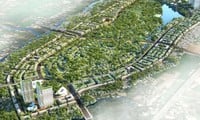
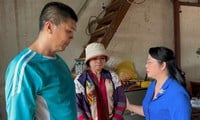
Source


![[Photo] Party and State leaders attend the special art program "You are Ho Chi Minh"](https://vphoto.vietnam.vn/thumb/1200x675/vietnam/resource/IMAGE/2025/5/18/6895913f94fd4c51aa4564ab14c3f250)

![[Photo] Ready for the top competitions of Vietnamese table tennis](https://vphoto.vietnam.vn/thumb/1200x675/vietnam/resource/IMAGE/2025/5/18/9c547c497c5a4ade8f98c8e7d44f5a41)

![[Photo] Many young people patiently lined up under the hot sun to receive a special supplement from Nhan Dan Newspaper.](https://vphoto.vietnam.vn/thumb/1200x675/vietnam/resource/IMAGE/2025/5/18/6f19d322f9364f0ebb6fbfe9377842d3)






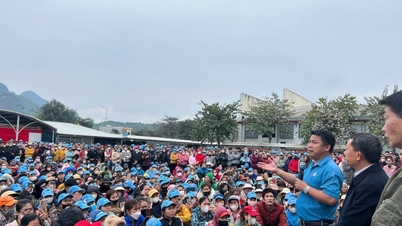



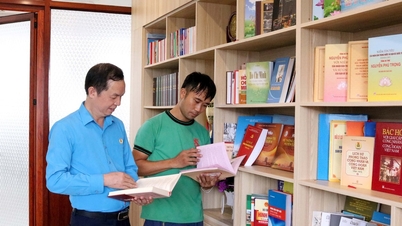


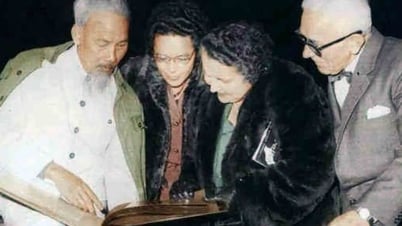



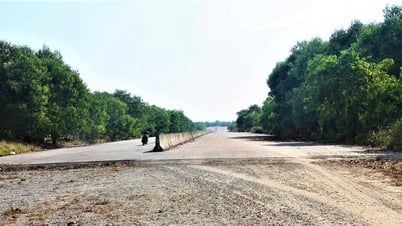
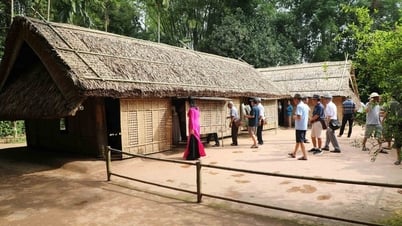
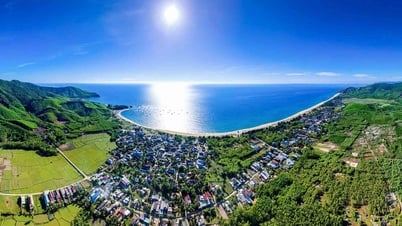









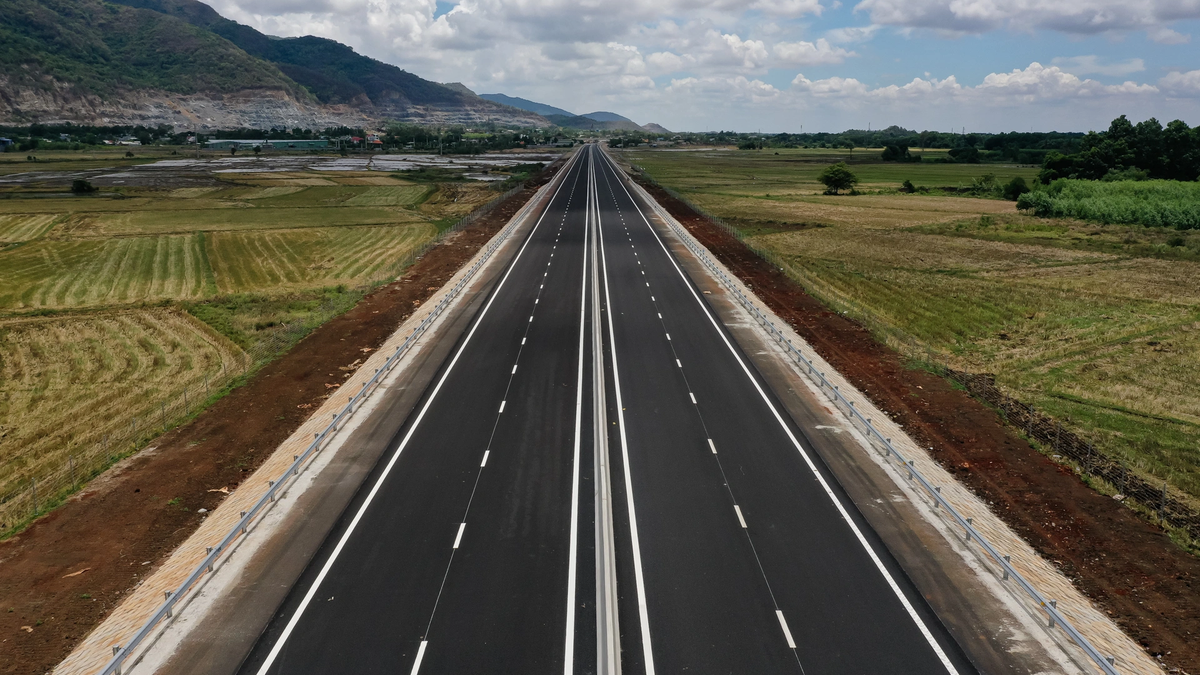





























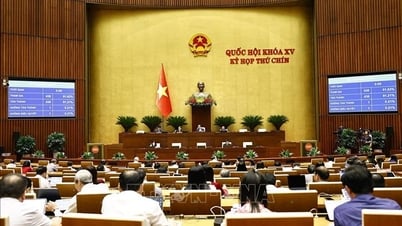















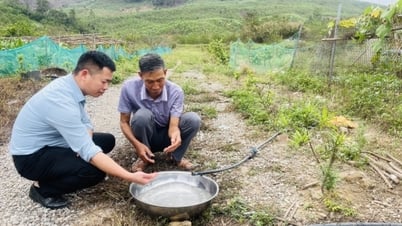

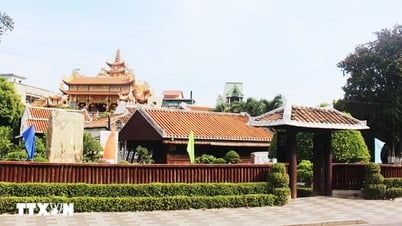

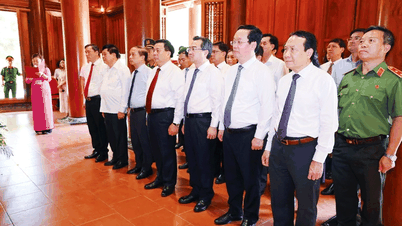
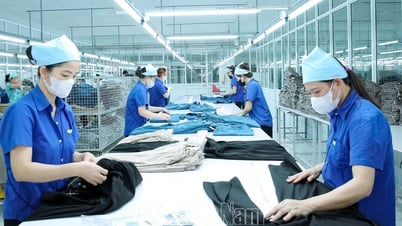

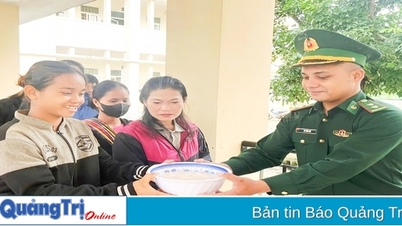

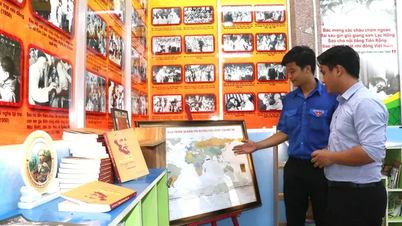










Comment (0)